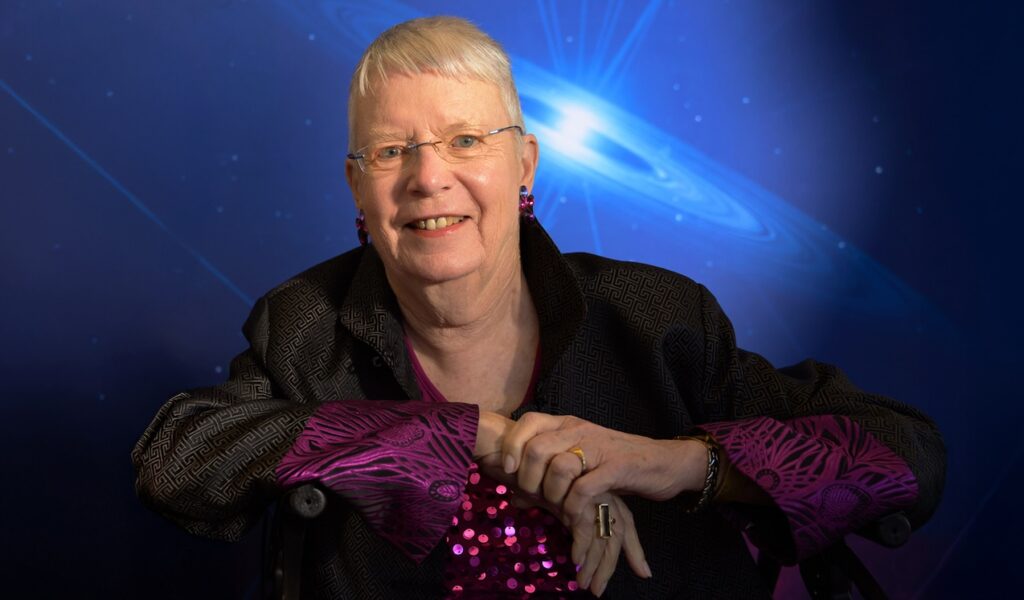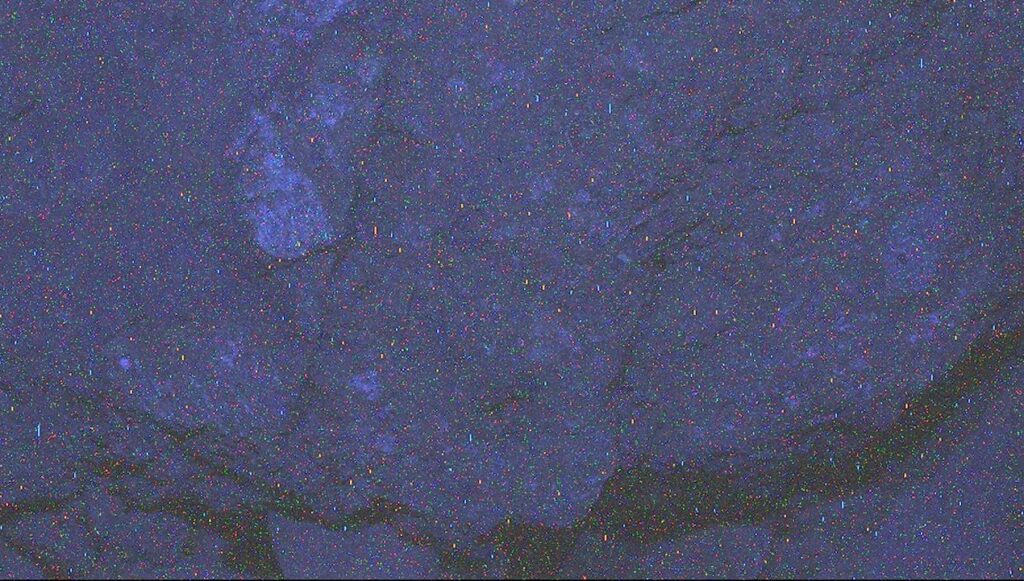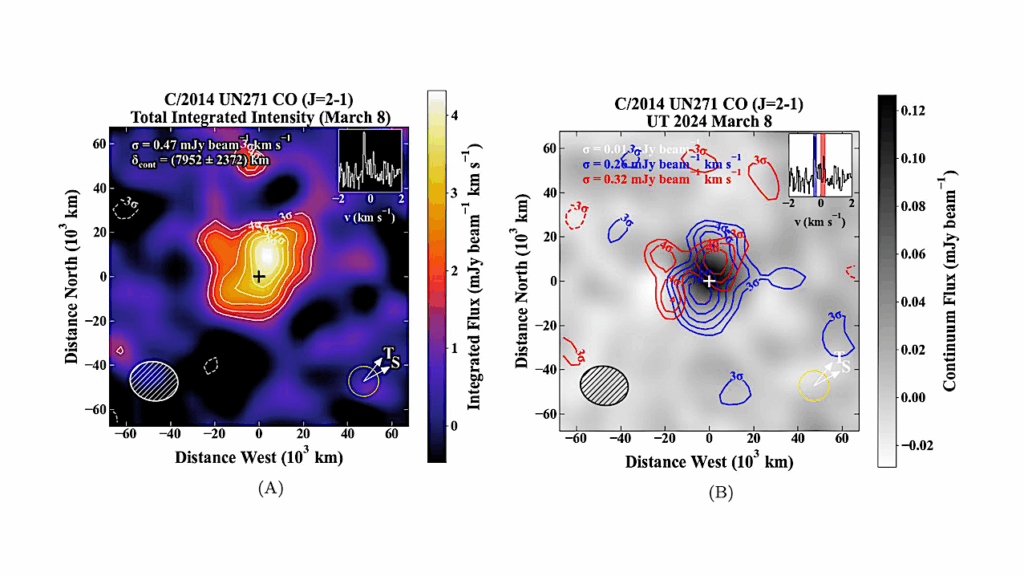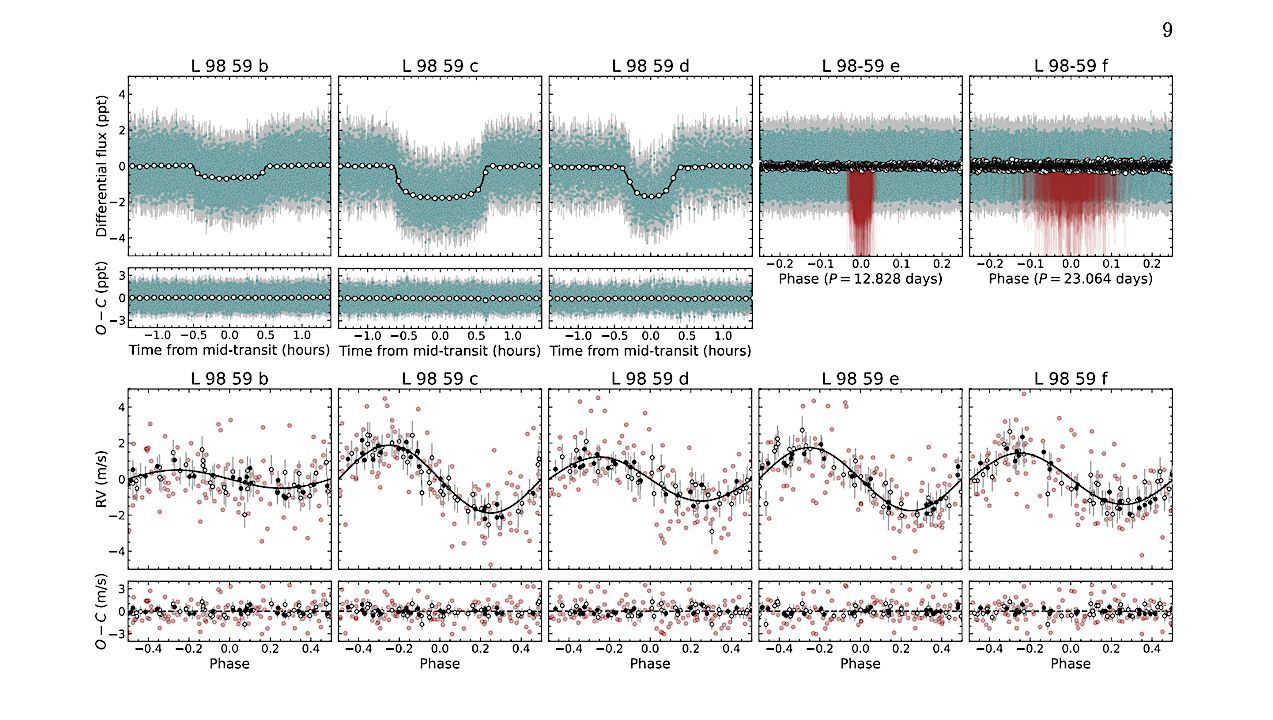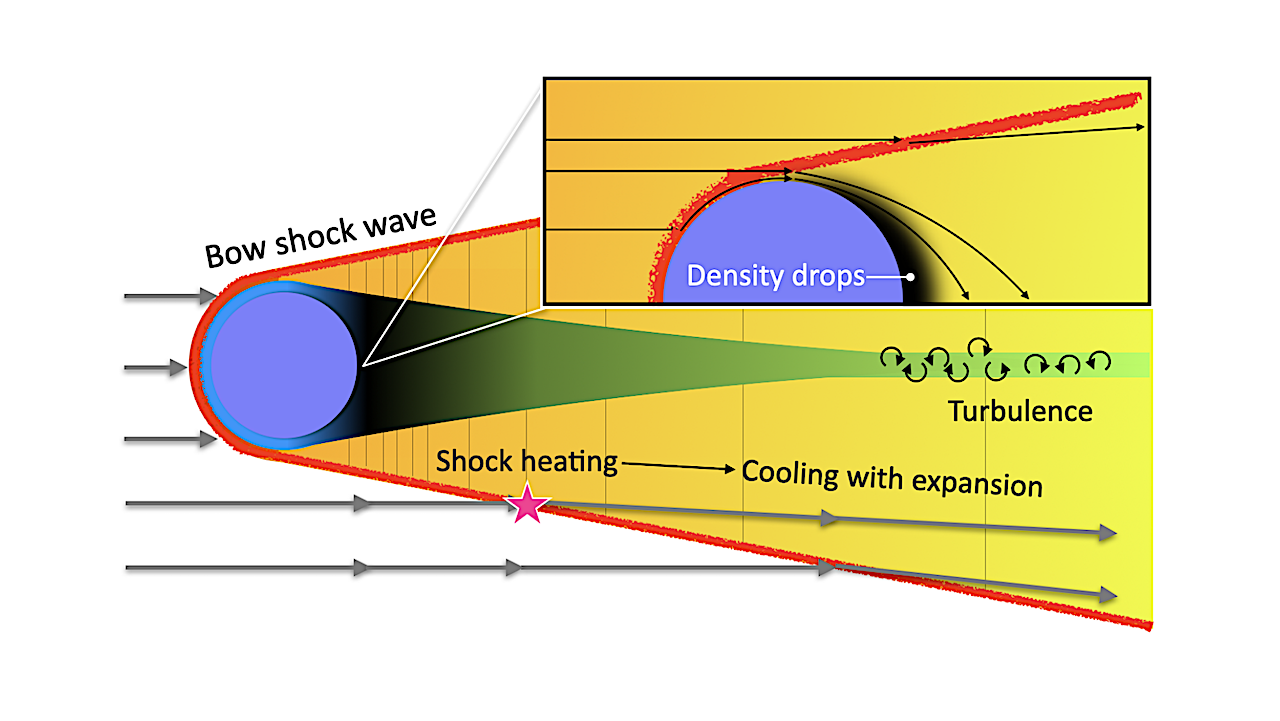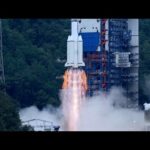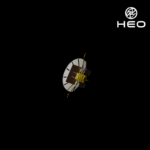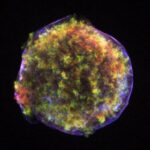Now Reading: From Global Climate Models (GCMs) to Exoplanet Spectra with the Global Emission Spectra (GlobES)
-
01
From Global Climate Models (GCMs) to Exoplanet Spectra with the Global Emission Spectra (GlobES)
From Global Climate Models (GCMs) to Exoplanet Spectra with the Global Emission Spectra (GlobES)
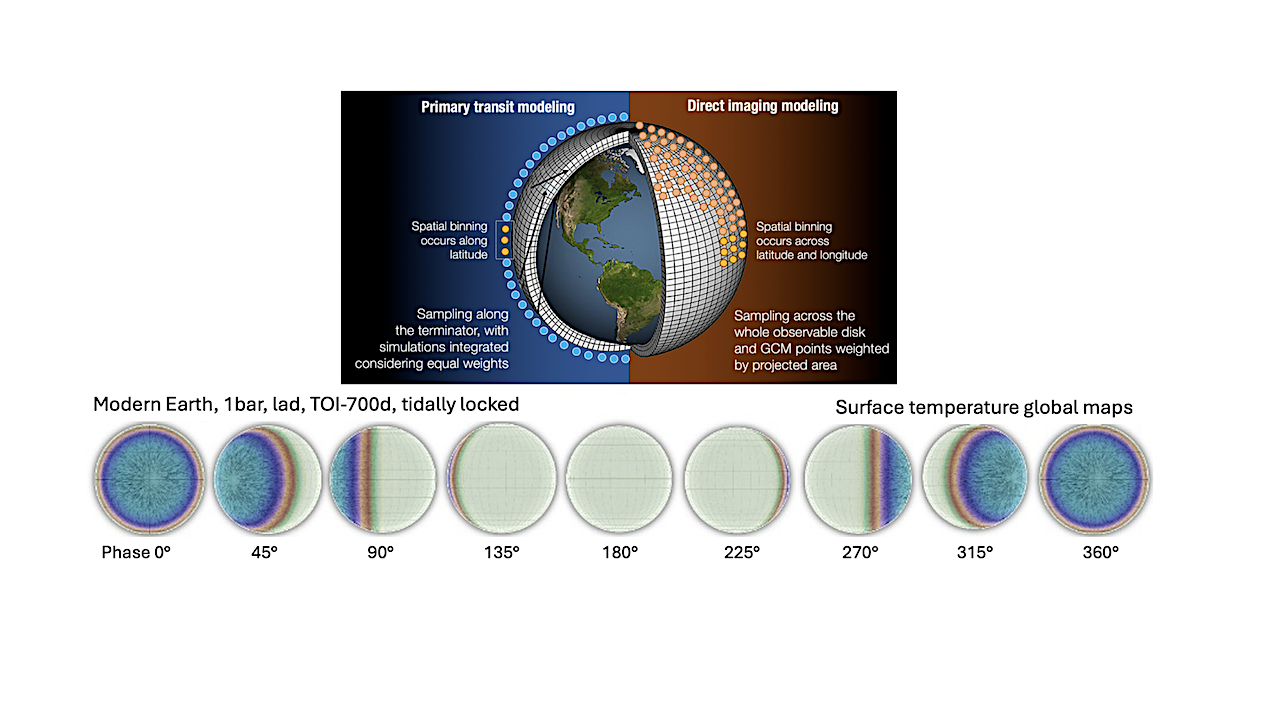
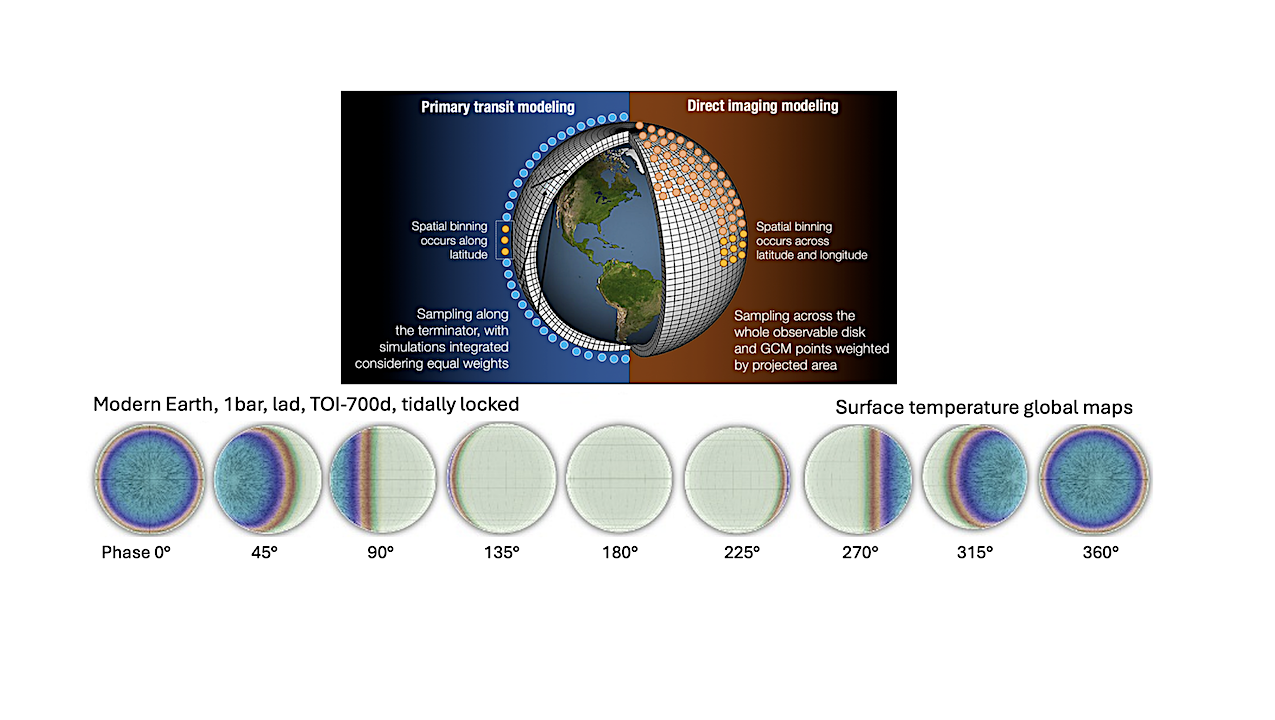
For simulated transit observations, the GlobES app performs RT calculations across the terminator and integrates the different spectra employing equal weights. For direct imaging and secondary eclipse simulations, the algorithm performs RT simulations across the whole observable disk, and the individual spectra are integrated considering the projected area of each bin. An example of surface temperature maps at various phase angles from Suissa et al. (2020) produced from the ExoCAM GCM (Wolf et al., 2022) are also shown. — astro-ph.EP
In the quest to understand the climates and atmospheres of exoplanets, 3D global climate models (GCMs) have become indispensable.
The ability of GCMs to predict atmospheric conditions complements exoplanet observations, creating a feedback loop that enhances our understanding of exoplanetary atmospheres and their environments.
This paper discusses the capabilities of the Global Exoplanet Spectra (GlobES) module of the Planetary Spectrum Generator (PSG), which incorporates 3D atmospheric and surface information into spectral simulations, offering a free, accessible tool for the scientific community to study realistic planetary atmospheres.
Through detailed case studies, including simulations of TRAPPIST1 b, TRAPPIST-1 e, and Earth around Sun, this paper demonstrates the use of GlobES and its effectiveness in simulating transit, emission and reflected spectra, thus supporting the ongoing development and refinement of observational strategies using the James Webb Space Telescope (JWST) and future mission concept studies (e.g., Habitable Worlds Observatory [HWO]) in exoplanet research.

Ray-tracing through a planetary atmosphere involves layer-by-layer variations in ray length and angles within a spherical atmosphere (gray curved lines), as refraction ‘bends’ the light (red traces) along its path. Depending on the degree of bending, the observer may detect radiation originating from the surface, the TOA, or a background star (e.g., during transit observations). — astro-ph.EP
Thomas J. Fauchez, Geronimo L. Villanueva, Vincent Kofman, Gabriella Suissa, Ravi K. Kopparapu
Subjects: Earth and Planetary Astrophysics (astro-ph.EP)
Cite as: arXiv:2507.09048 [astro-ph.EP] (or arXiv:2507.09048v1 [astro-ph.EP] for this version)
https://doi.org/10.48550/arXiv.2507.09048
Focus to learn more
Journal reference: Published in Astronomy and Computing Volume 53, October 2025, 100982
Related DOI:
https://doi.org/10.1016/j.ascom.2025.100982
Focus to learn more
Submission history
From: Thomas Fauchez
[v1] Fri, 11 Jul 2025 21:45:16 UTC (6,355 KB)
https://arxiv.org/abs/2507.09048
Astrobiology,
Stay Informed With the Latest & Most Important News
-
 012024 in Review: Highlights from NASA in Silicon Valley
012024 in Review: Highlights from NASA in Silicon Valley -
 02Panasonic Leica Summilux DG 15mm f/1.7 ASPH review
02Panasonic Leica Summilux DG 15mm f/1.7 ASPH review -
 03How New NASA, India Earth Satellite NISAR Will See Earth
03How New NASA, India Earth Satellite NISAR Will See Earth -
 04And Thus Begins A New Year For Life On Earth
04And Thus Begins A New Year For Life On Earth -
 05Astronomy Activation Ambassadors: A New Era
05Astronomy Activation Ambassadors: A New Era -
06SpaceX launch surge helps set new global launch record in 2024
-
 07Space Force plans new ‘Futures Command’ amid pressure to speed up modernization
07Space Force plans new ‘Futures Command’ amid pressure to speed up modernization












